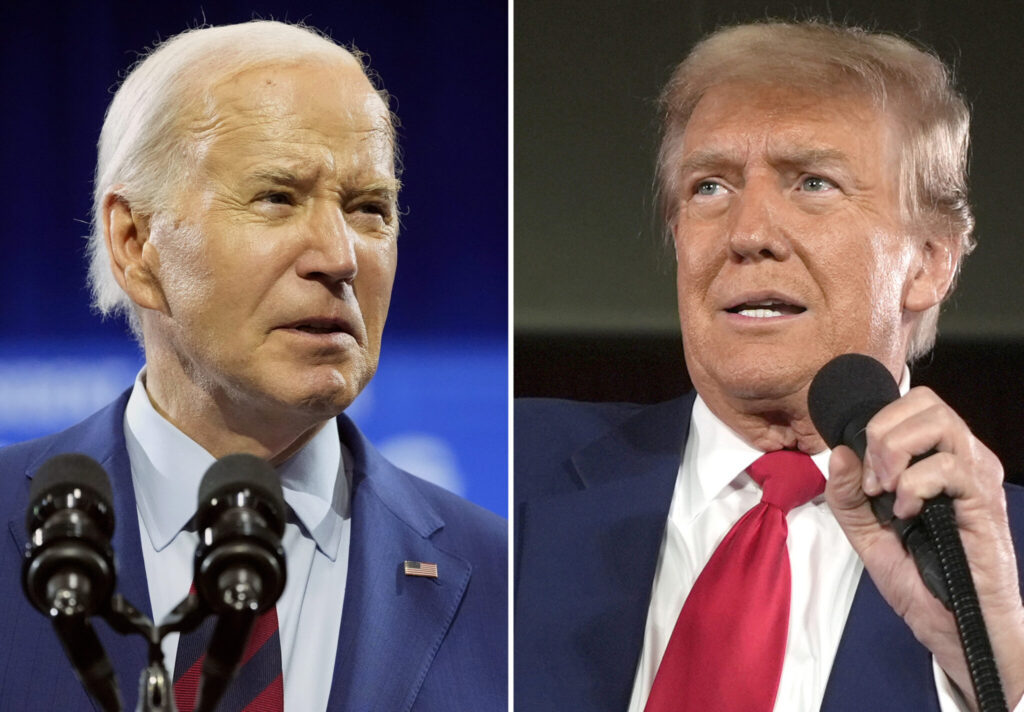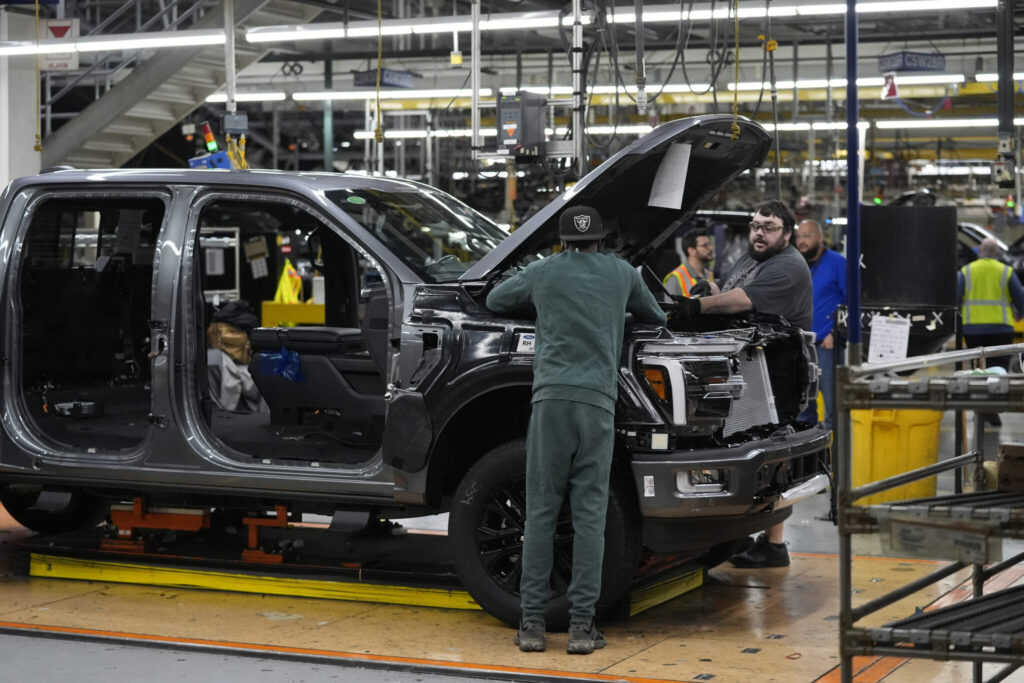The U.S. economy grew at a sluggish 1.3% annual pace from January through March, the government said Thursday in a downgrade from its previous estimate. Consumer spending rose but at a slower pace than previously thought. The Commerce Department had previously estimated that the nation’s gross domestic product — the total output of goods and services — expanded at a 1.6% rate last quarter.
Quick Read
- US economic growth last quarter is revised down from 1.6% rate to 1.3%, but consumers kept spending
- The U.S. economy grew at a 1.3% annual rate from January through March, revised down from an earlier estimate of 1.6%.
- This marks a significant slowdown from the 3.4% growth rate in the last quarter of 2023.
- The downgrade was mainly due to a surge in imports and a reduction in business inventories.
- Imports and lower business inventories subtracted more than 1.5 percentage points from the quarter’s growth.
- Consumer spending, which accounts for 70% of economic activity, rose at a 2% annual rate, down from the initial 2.5% estimate.
- Spending on goods declined by 1.9%, while spending on services increased by 3.9%.
- Despite higher interest rates from the Federal Reserve’s efforts to control inflation, the economy has shown resilience.
- Economic indicators suggest potential weakening, such as rising credit card delinquencies and slowing hiring.
- Inflation remains above the Fed’s 2% target, delaying expected interest rate cuts until at least November.
- The next estimate for the current quarter’s economic performance will be released on July 25, with predictions suggesting a possible acceleration to a 3.5% growth rate.
The Associated Press has the story:
US economic growth last quarter is revised down from 1.6% rate to 1.3%
Newslooks- WASHINGTON (AP) —
The U.S. economy grew at a sluggish 1.3% annual pace from January through March, the government said Thursday in a downgrade from its previous estimate. Consumer spending rose but at a slower pace than previously thought.
The Commerce Department had previously estimated that the nation’s gross domestic product — the total output of goods and services — expanded at a 1.6% rate last quarter.
The first quarter’s GDP growth marked a sharp slowdown from the vigorous 3.4% rate in the final three months of 2023.
But last quarter’s pullback was due mainly to two factors — a surge in imports and a reduction in business inventories — that tend to fluctuate from quarter to quarter. Thursday’s report showed that imports subtracted more than 1 percentage point from last quarter’s growth. A reduction in business inventories took off an nearly half a percentage point.

Consumer spending, which fuels about 70% of economic growth, rose at a 2% annual rate, down from 2.5% in the first estimate and from 3%-plus rates in the previous two quarters. Spending on goods such as appliances and furniture fell at a 1.9% annual pace, the biggest such quarterly drop since 2021. But services spending rose at a healthy 3.9% clip, the most since mid-2021.
The U.S. economy — the world’s largest — has shown surprising durability since the Federal Reserve started jacking up interest rates more than two years ago in its drive to tame the worst outbreak of inflation in four decades. The much higher borrowing costs that resulted were expected to trigger a recession. But the economy has kept growing, and employers have kept hiring.
Economists have said they were not overly worried about the slippage in first-quarter growth, even though a number of signs have suggested that the economy may be weakening. More Americans, for example, are falling behind on their credit card bills. Hiring is slowing, with businesses posting fewer open jobs. More companies, including Target, McDonalds and Burger King, are highlighting price cuts or cheaper deals to try to attract financially squeezed consumers.

And with polls showing that costlier rents, groceries and gasoline are angering voters as the presidential campaign intensifies, Donald Trump has strived to pin the blame on President Joe Biden in a threat to the president’s re-election bid.
The economy’s growth was expected to get a boost from lower interest rates this year. After having lifted its benchmark rate to a two-decade high last year, the Fed had signaled that it planned to cut rates three times in 2024. But the central bank has repeatedly pushed back the start of the rate cuts.

Most Wall Street traders don’t expect the first rate reduction until November, according to the CME FedWatch tool. The rate cuts have been pushed back because inflation, after falling steadily in late 2022 and most of 2023, remains stuck above the Fed’s 2% target level.
Thursday’s report was the second of three government estimates of first-quarter GDP growth. The Commerce Department will issue its first estimate of the current quarter’s economic performance on July 25. A forecasting tool issued by the Federal Reserve Bank of Atlanta suggests that economic growth is on track to accelerate to a 3.5% annual rate from April through June.







